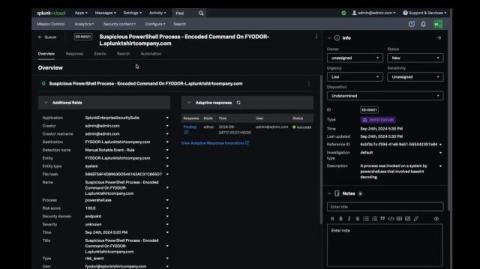Cisco Intends to Acquire Threat Detection and Defense Company SnapAttack, Driving Further Splunk Innovation to Power the SOC of the Future
The threat landscape is constantly evolving and expanding, making it more difficult than ever for organizations to keep up and defend against the latest threats. Today’s SecOps teams need cutting-edge security tools and threat intelligence-driven detection content to proactively defend against the latest tactics, techniques and procedures (TTPs) that organizations face today.









